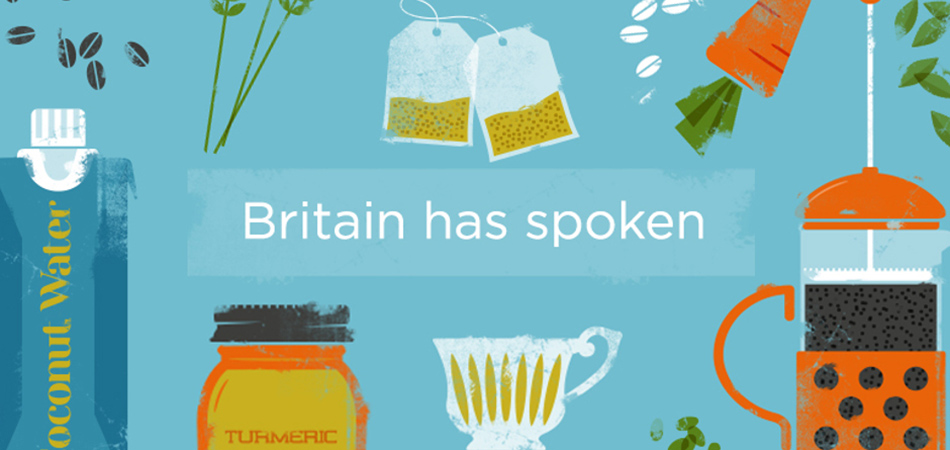
How can brands use music to overcome generational tensions?
Joanna Barnett, Strategy Director at Truant, on the power of music to bring people closer together and broaden a brand’s appeal.
2017 UK Food & Drink Report


It’s been a year since the EU referendum exposed the UK’s regional divides and laid bare the dangers of extrapolating national trends based on regional snapshots and personal experience.
The human tendency to gravitate towards people and ideas that confirm our own worldview means we all see the world through a bubble. This is as true of marketers as it is of pollsters and politicians, Brexit and remain voters.
It’s the “trouble with bubbles”. Predicting responses to messages and ideas in a polarised world is no longer a simple task.
How do people’s habits and attitudes towards food and drink play out across this landscape?
How did attitudes to Britishness, health and wellness, fads and trends play out across cultural divides? Where were people looking for culinary inspiration? And how effectively did new marketing channels stack up against traditional ones?
To find out, we surveyed 600 people, comparing remain-voting London with the North East and North Wales, two places Brexit was firmly supported.
Some of the results were expected. Some threw up unexpected insights from around the food and drink map.
“The last two years have highlighted the risks in making broad assumptions from inside a bubble,” says Bray Leino’s New Business Director Austen Donnellan. “You are not your audience. The only way to get to know them is for you or your Agency to get out there and speak to them.”
AUTHORS
Austen Donnellan, New Business Director, Bray Leino
Gideon Aroussi, Strategic Planner, Bray Leino
In conjunction with MindMover Consumer Insight and Experian.
Key take outs:
2017 FOOD & DRINK REPORT
Download the report here
CONTACT
Matt Henkes, Marketing, PR and Digital Content Manager, Bray Leino, [email protected]
Looks like you need to create a Creativebrief account to perform this action.
Create account Sign inLooks like you need to create a Creativebrief account to perform this action.
Create account Sign in